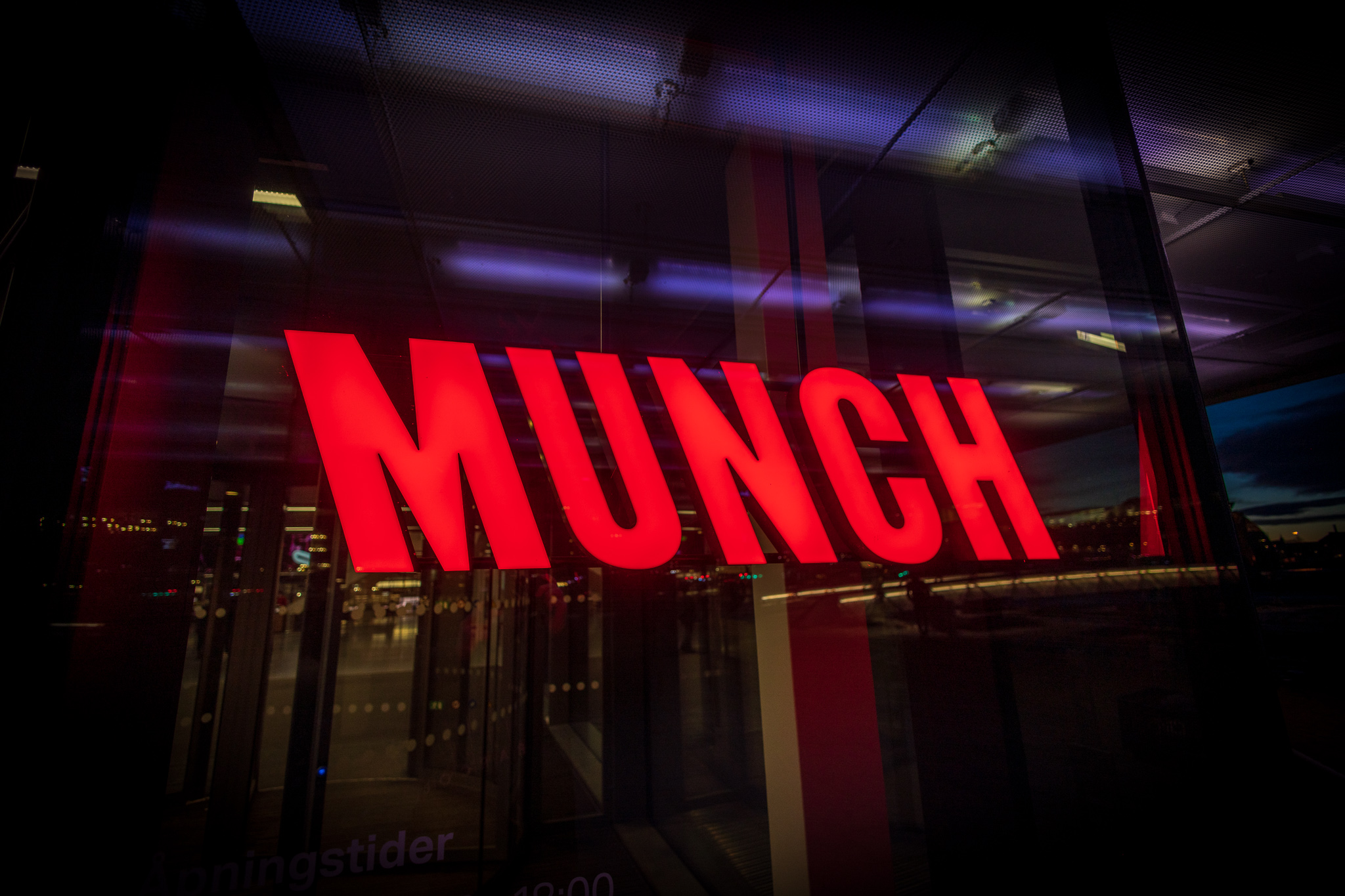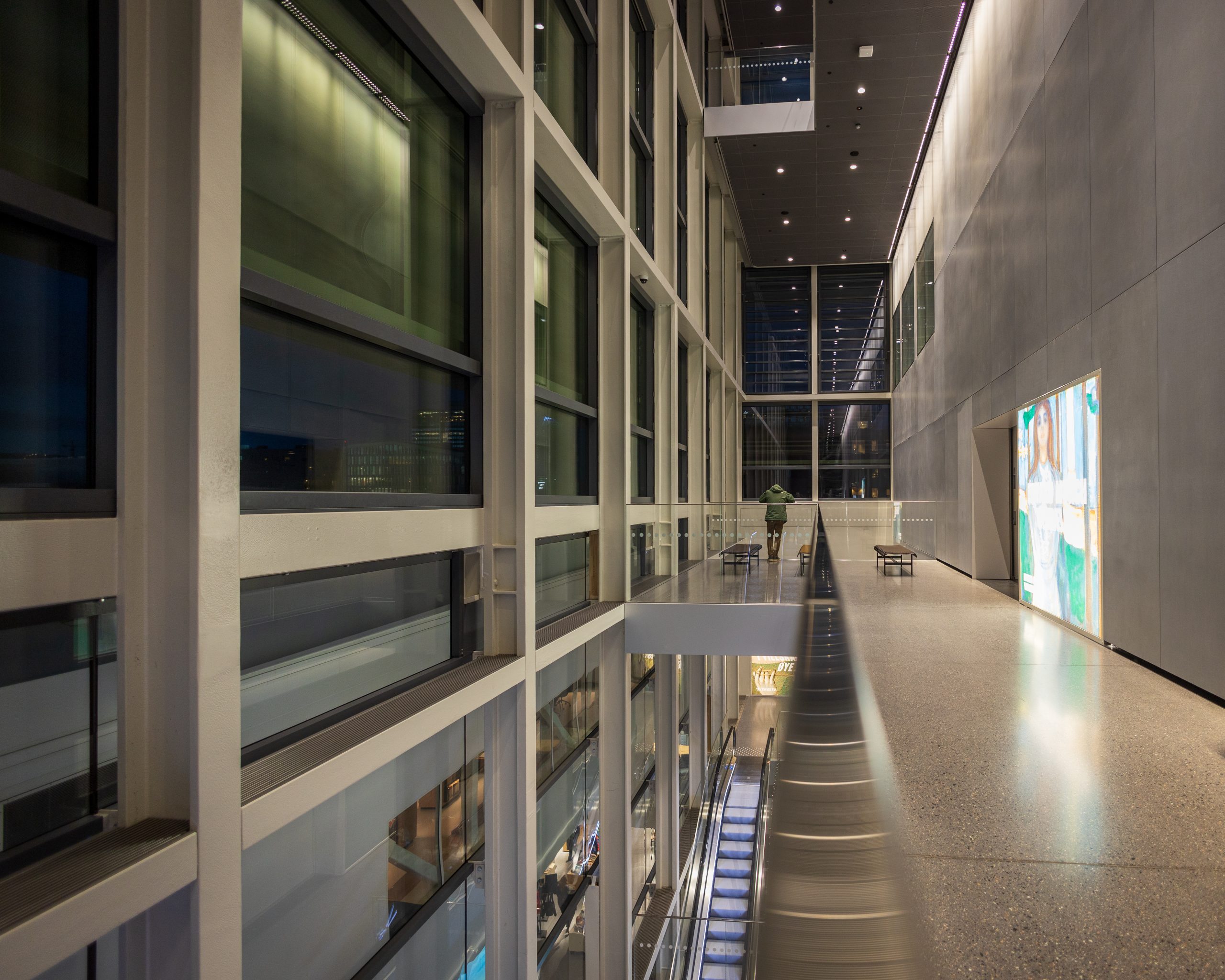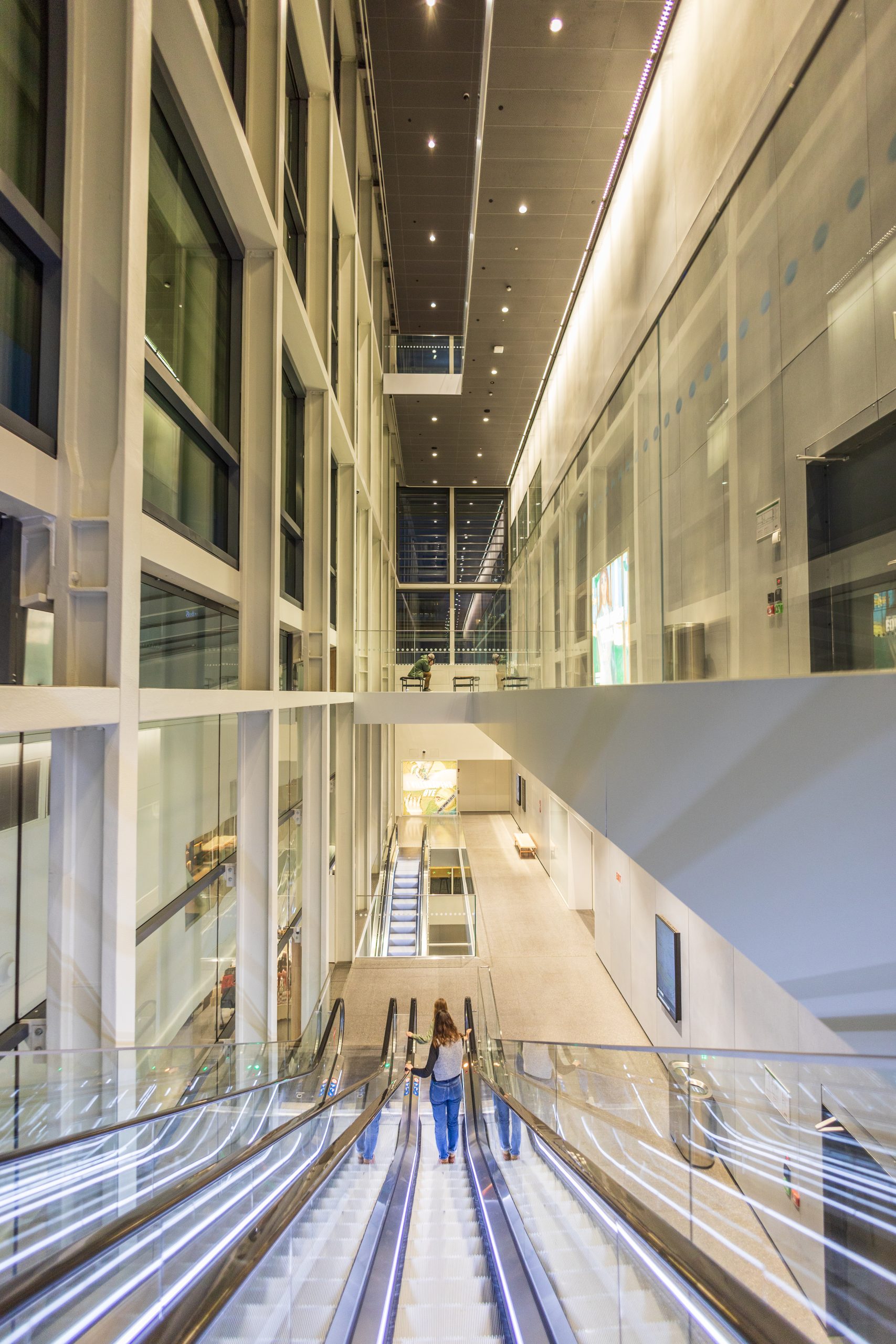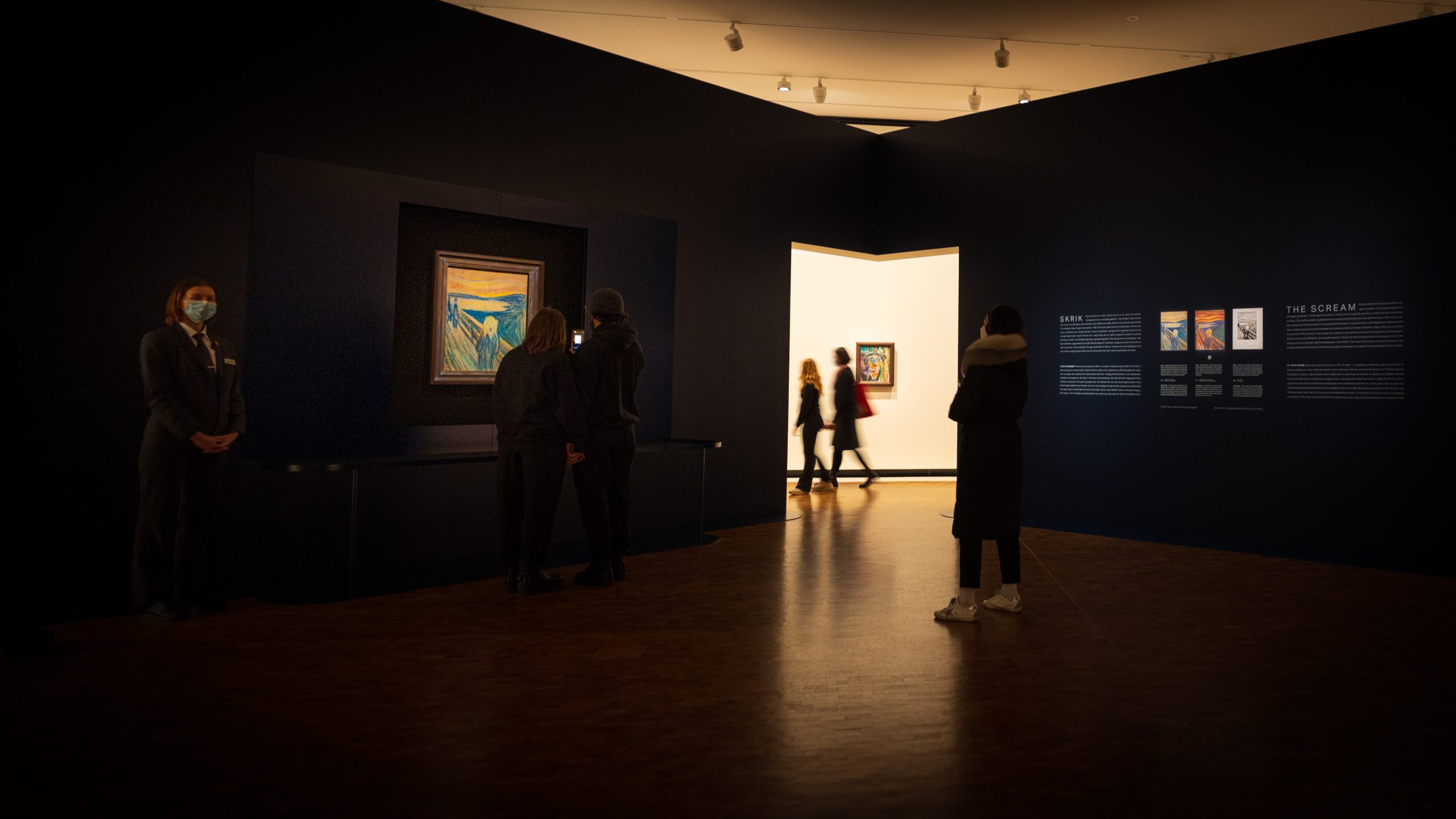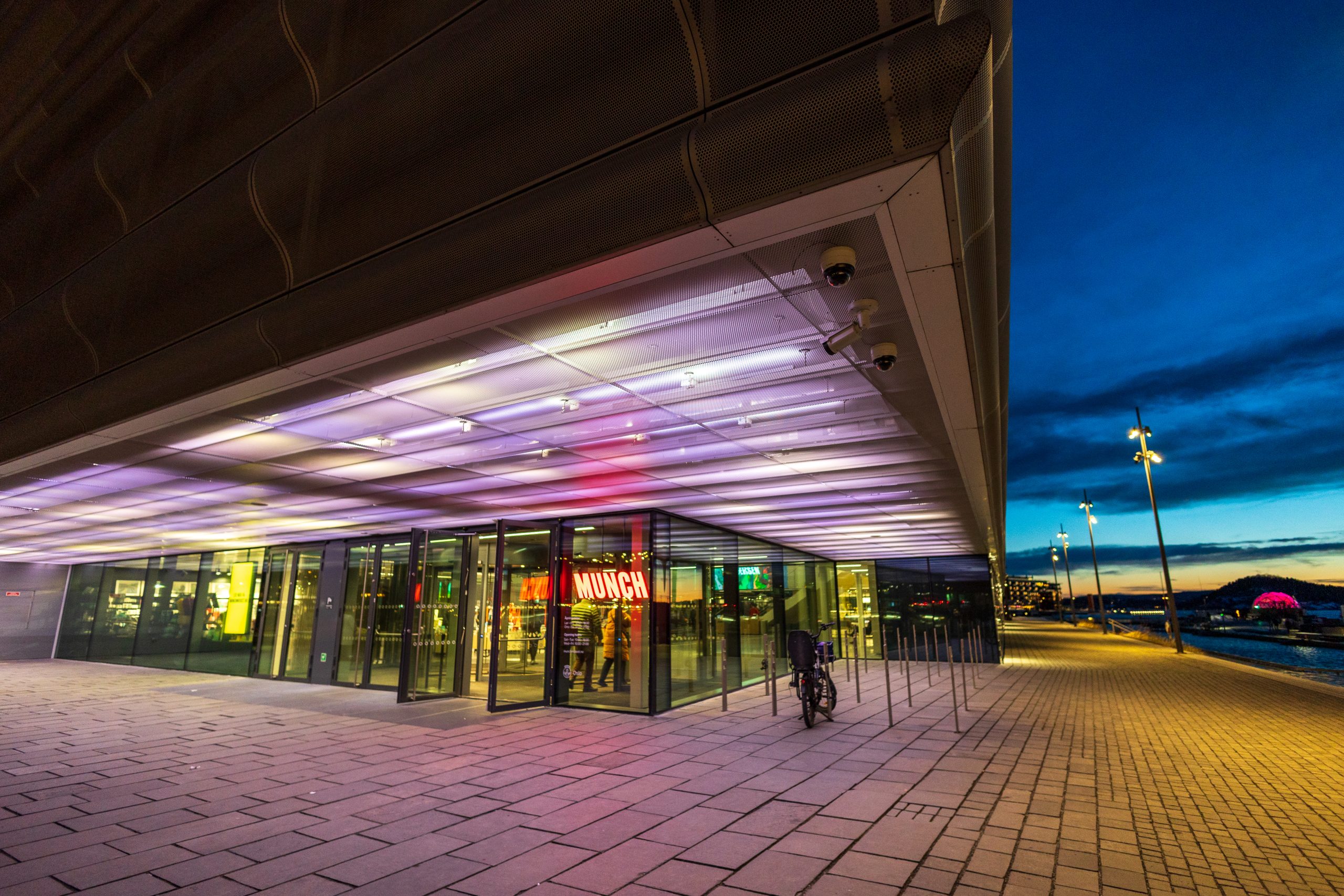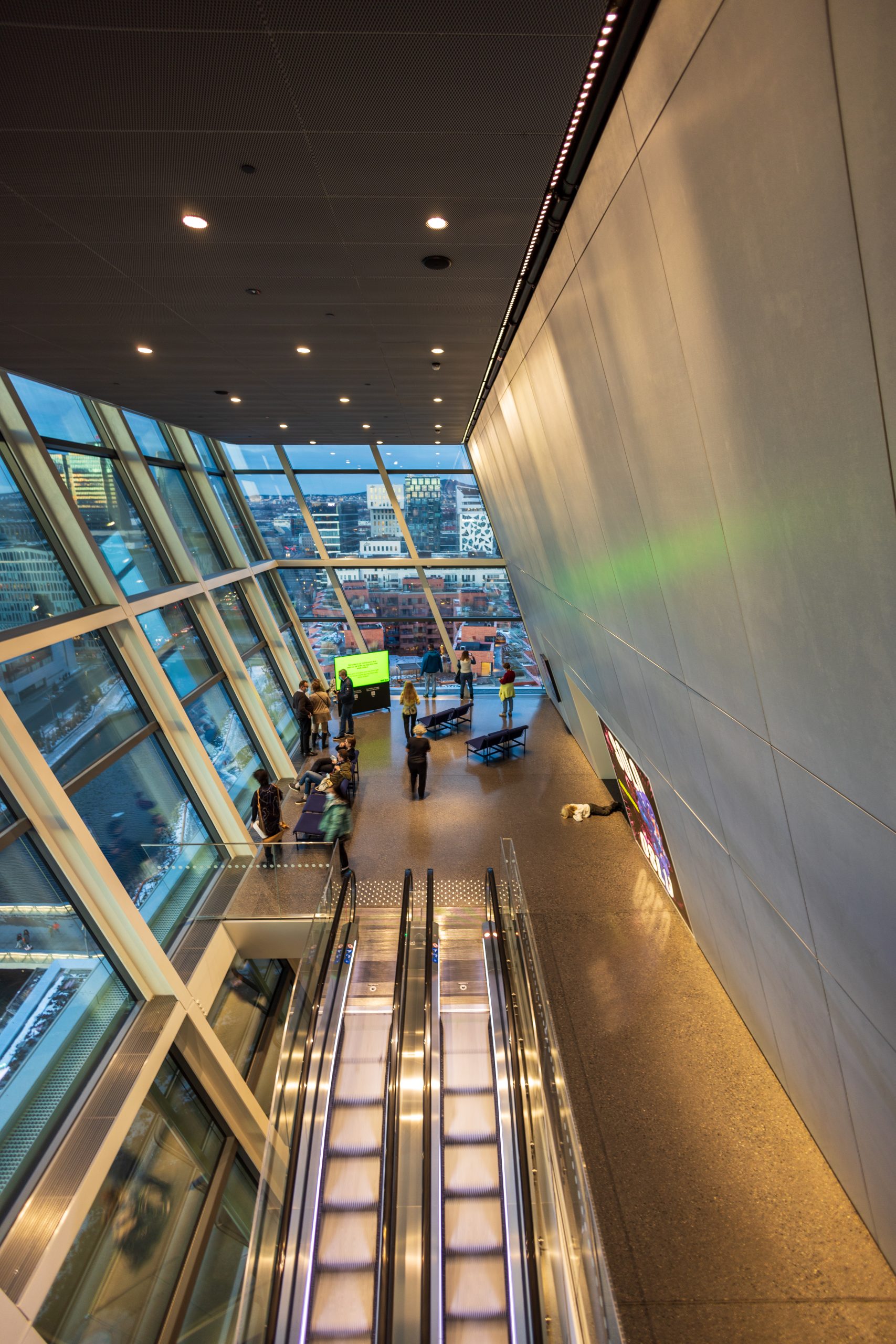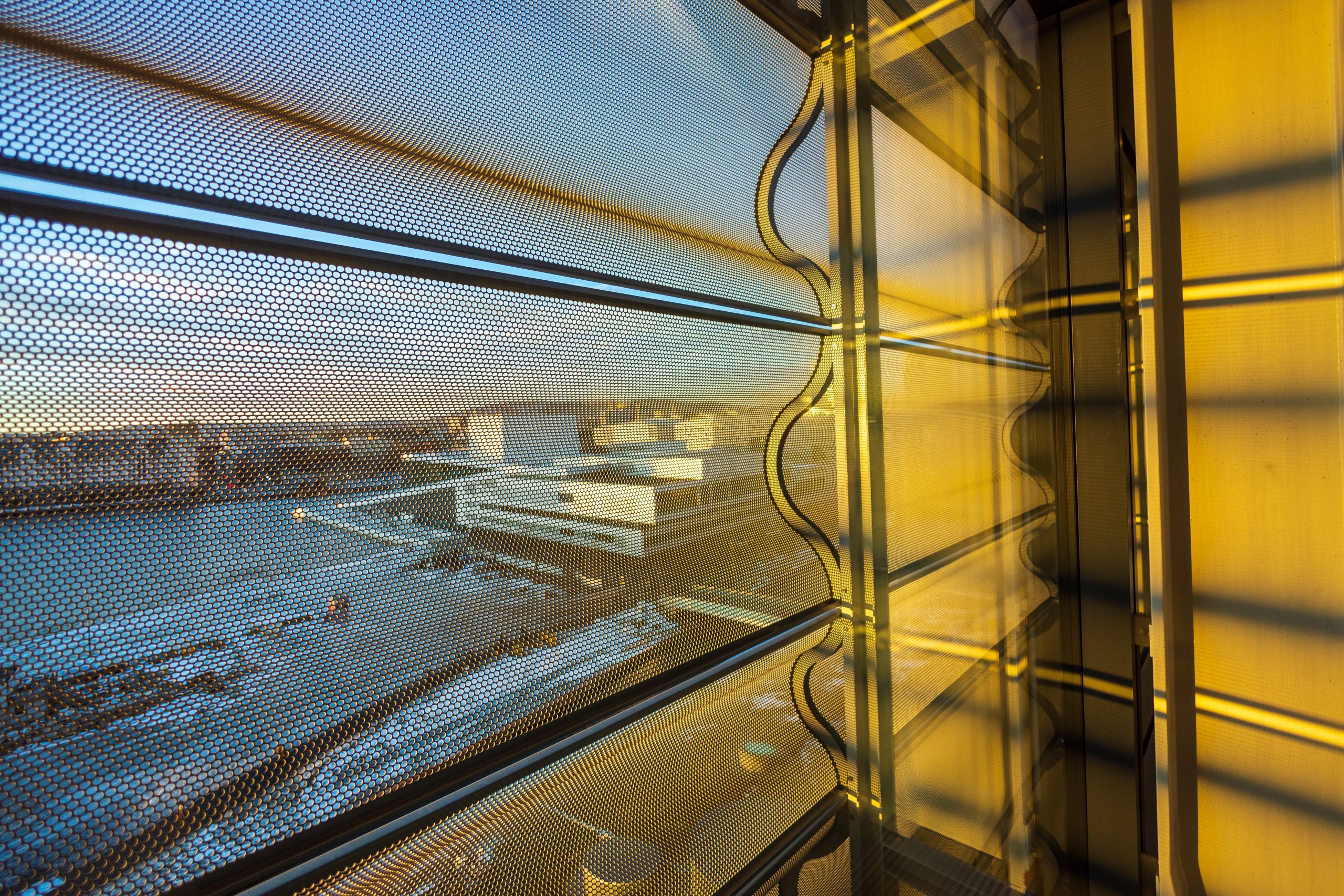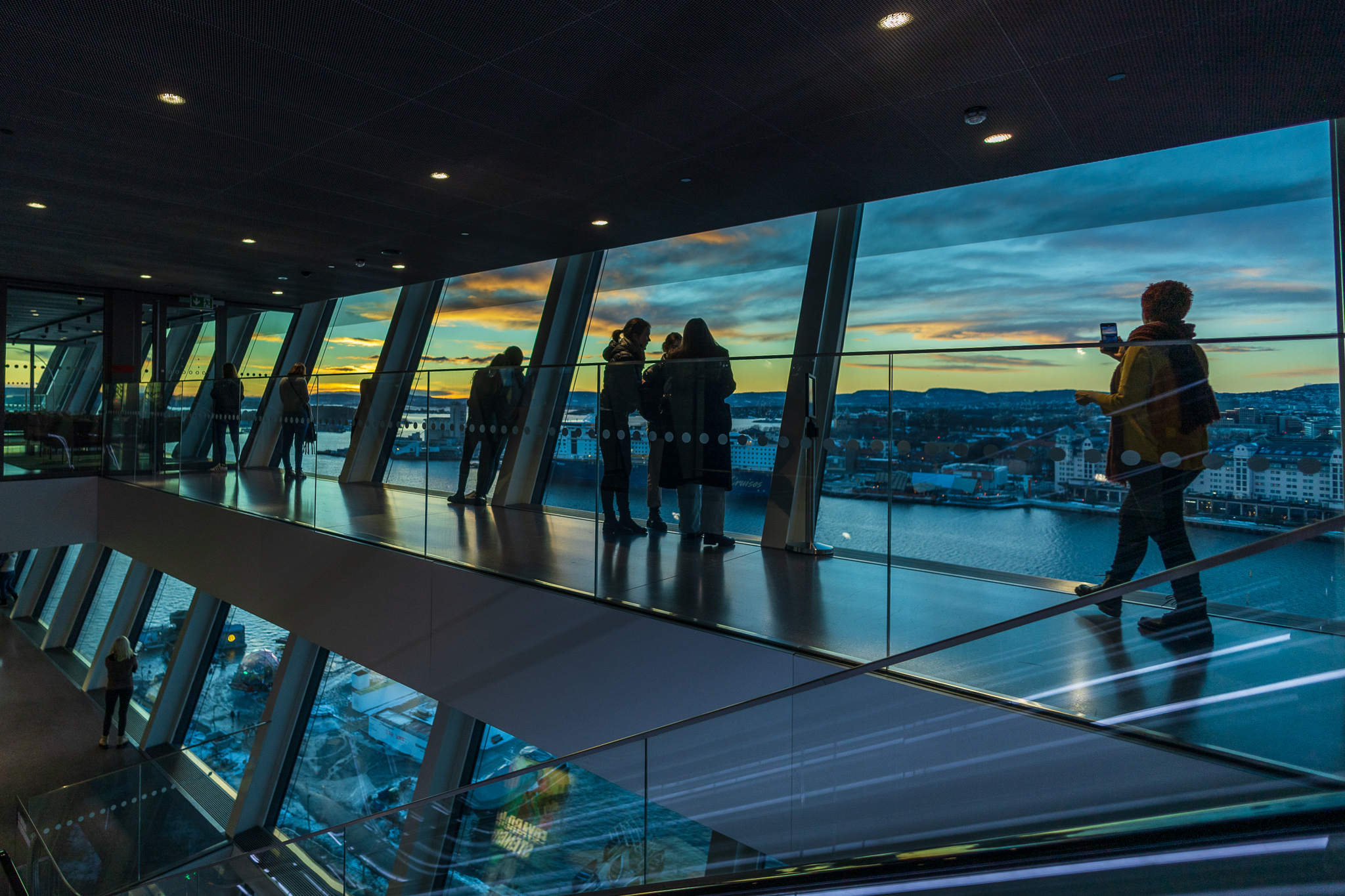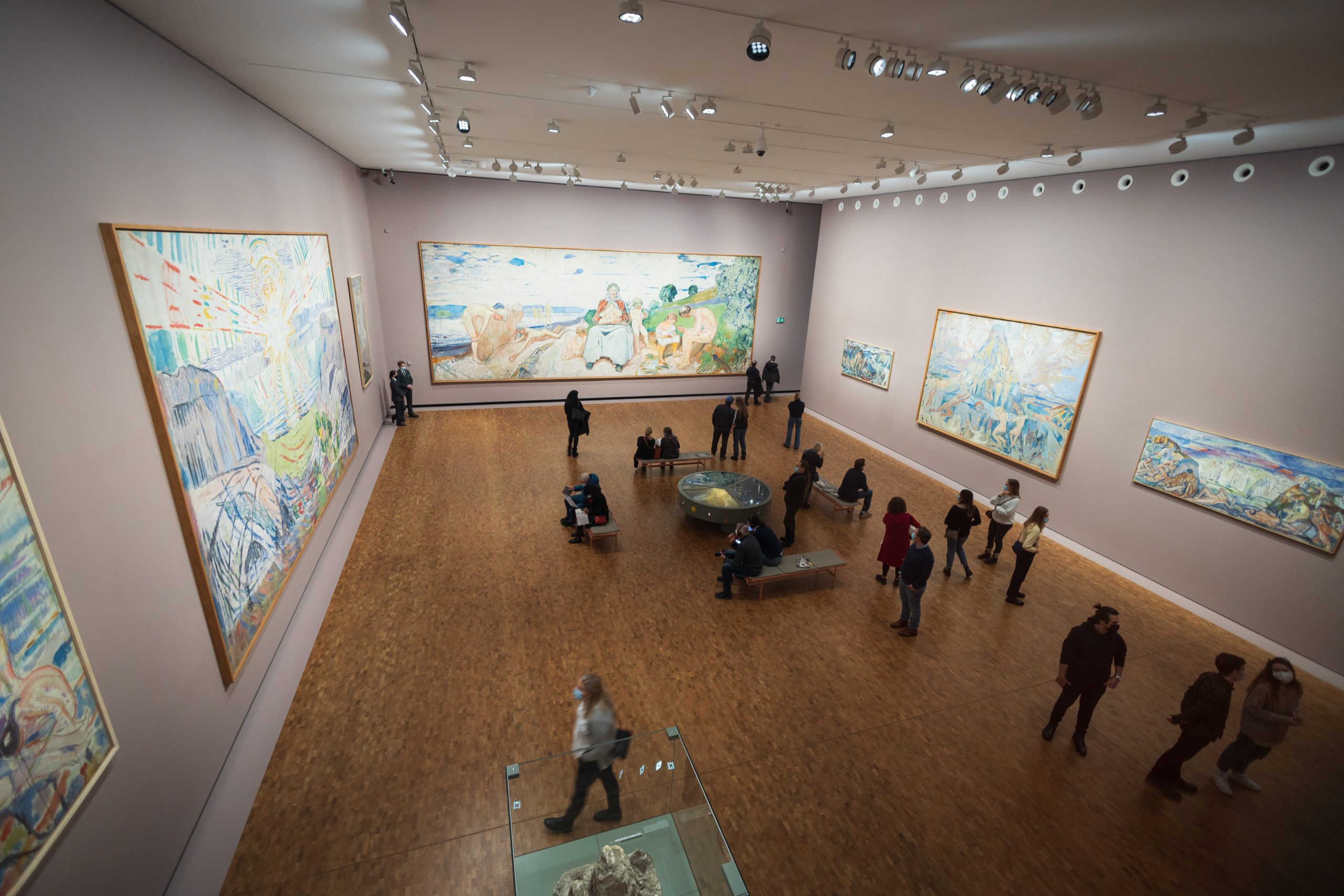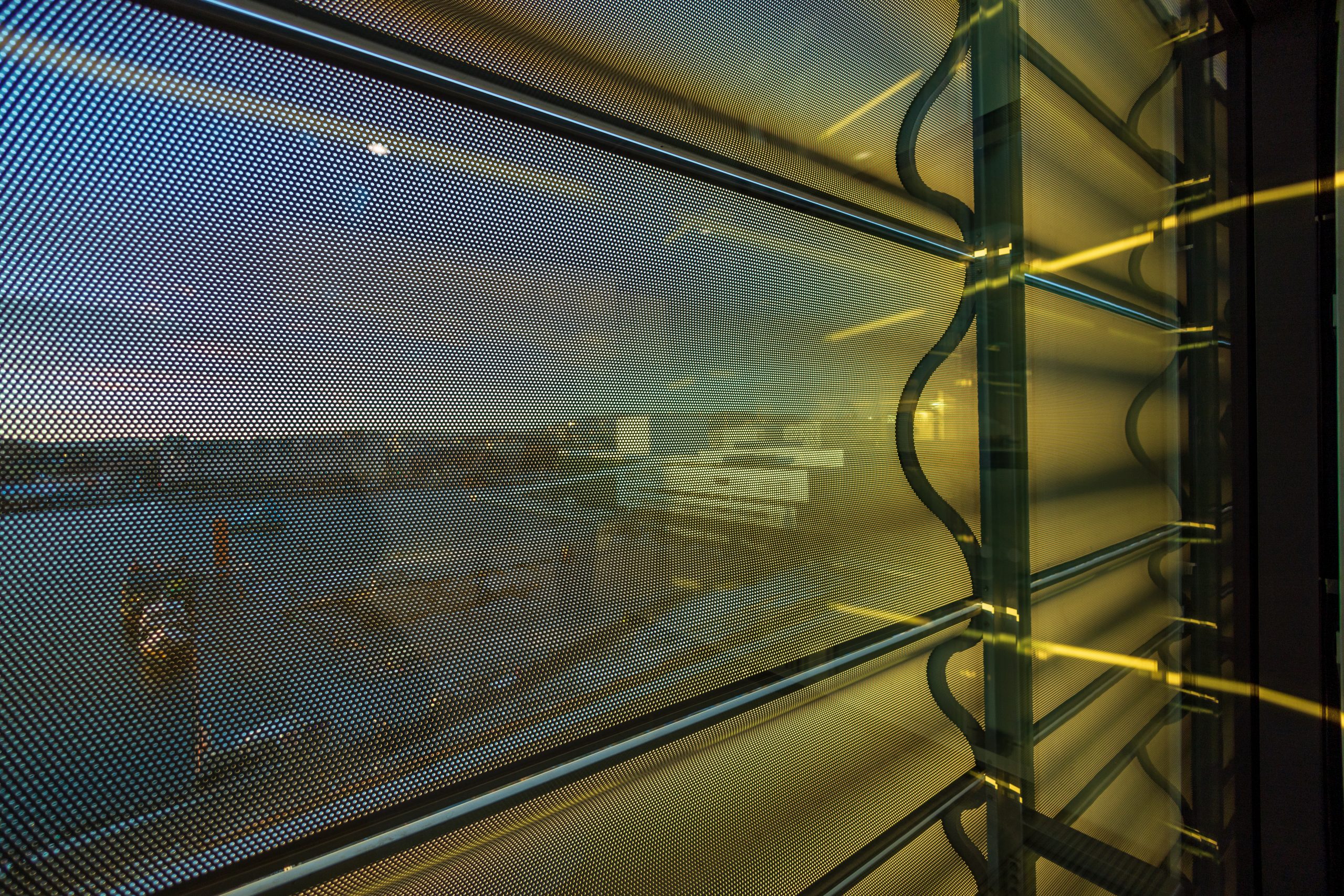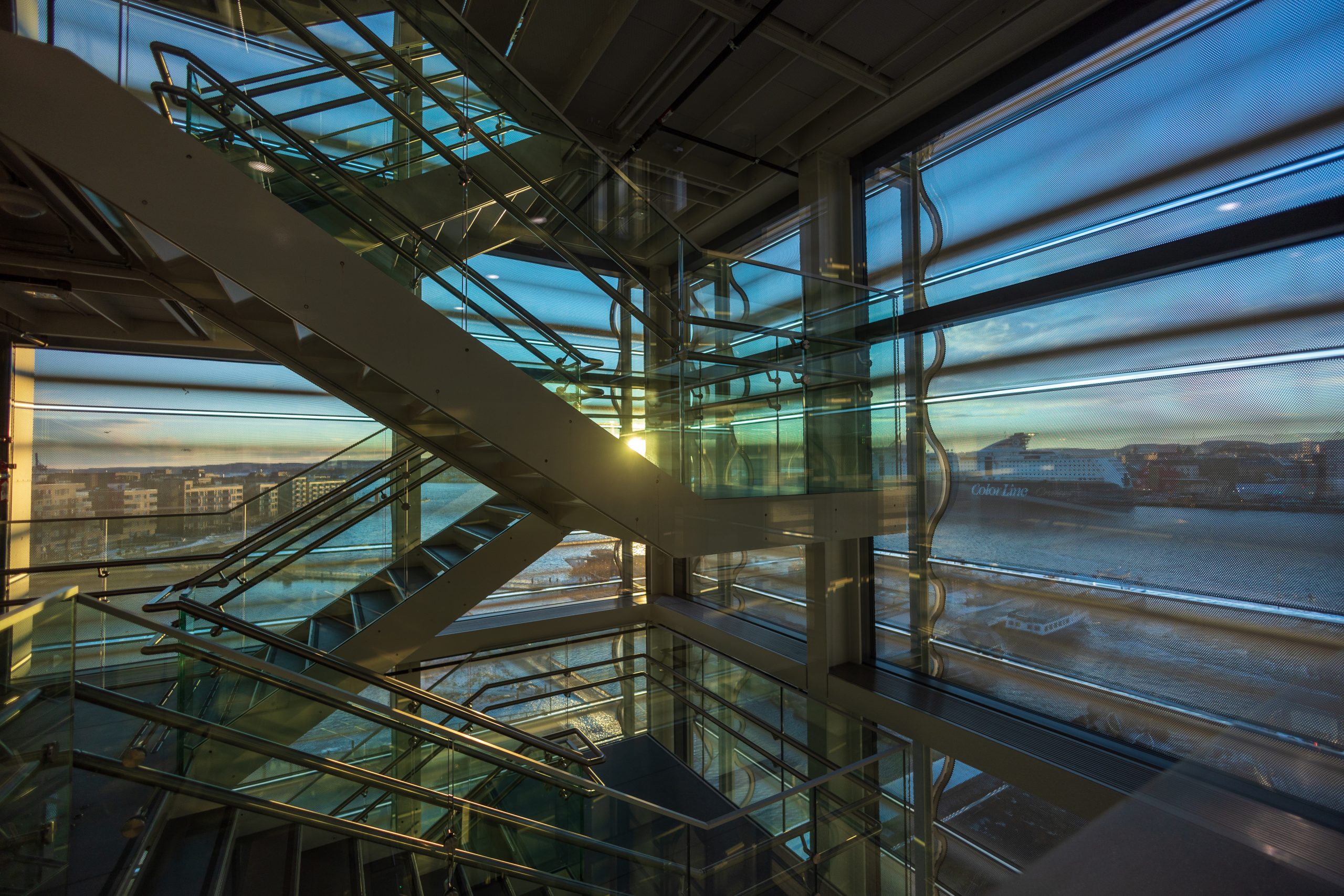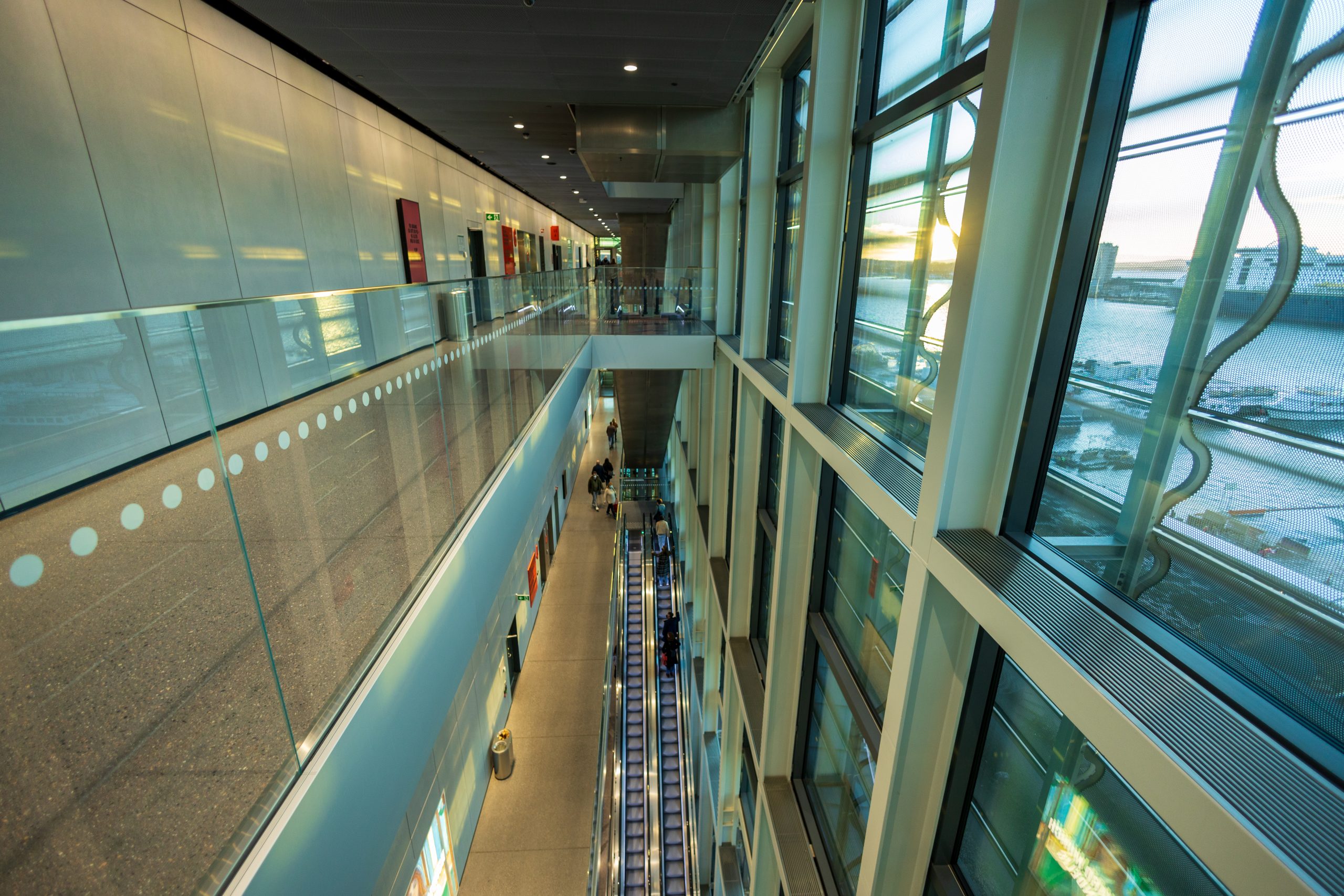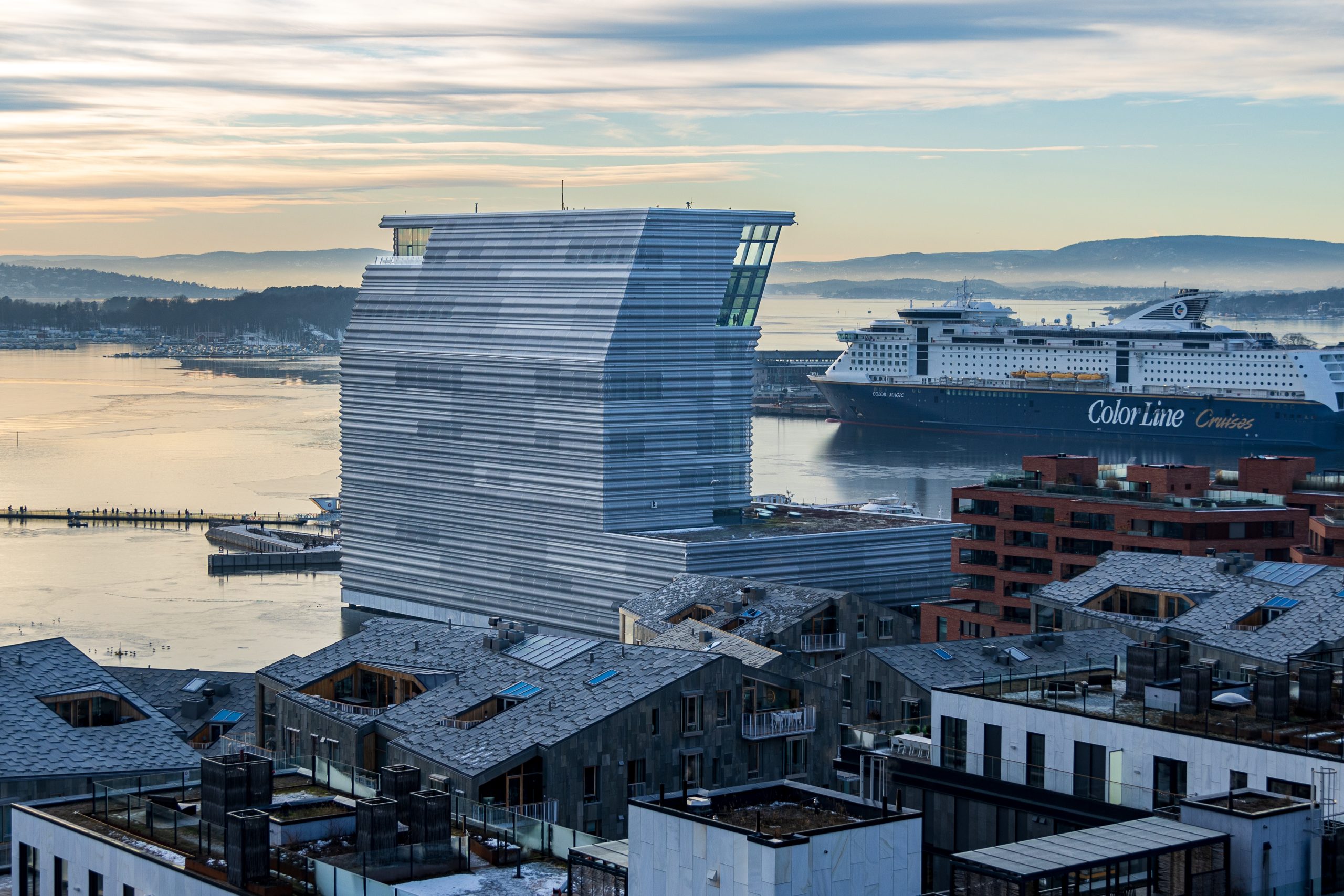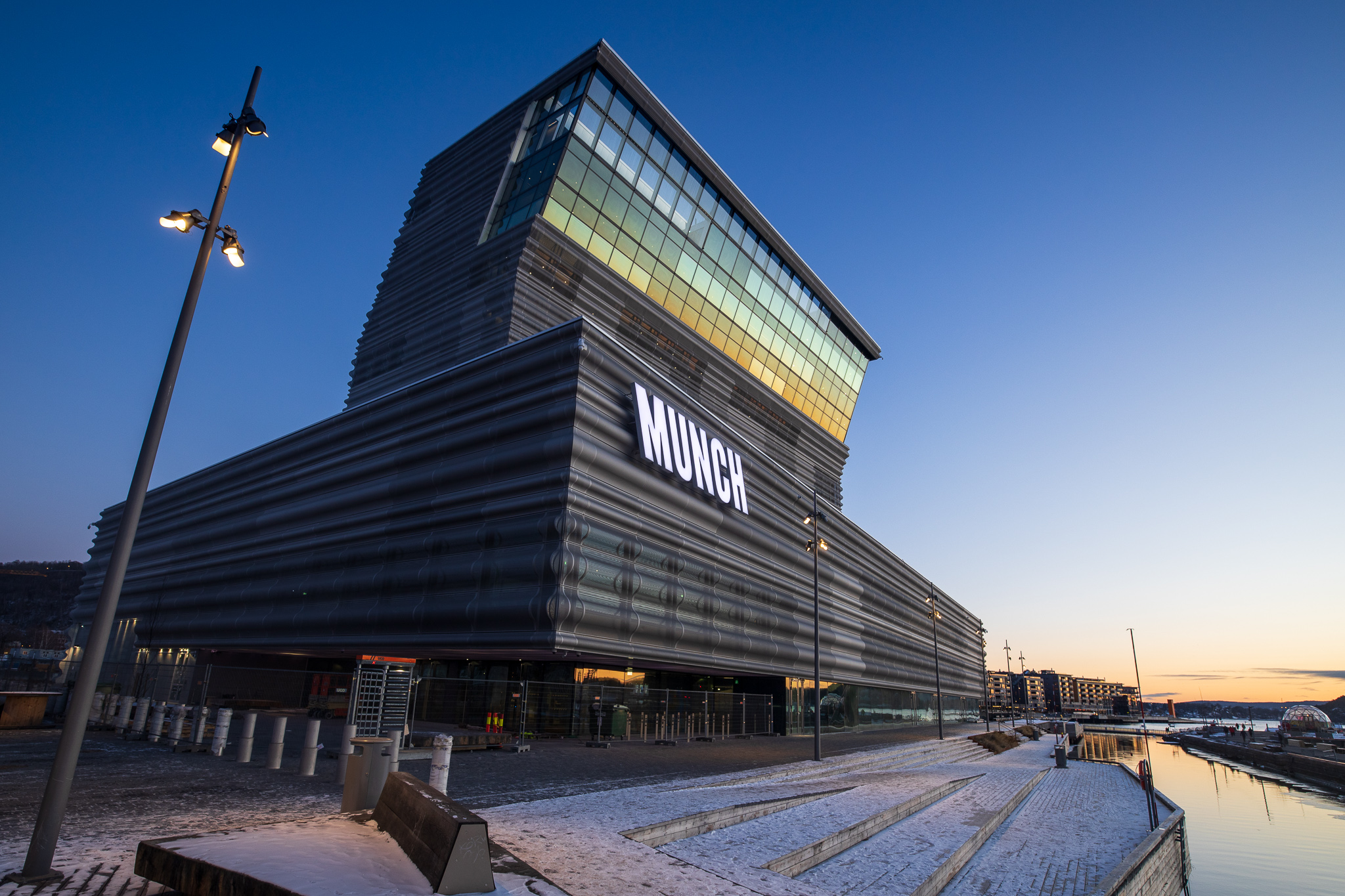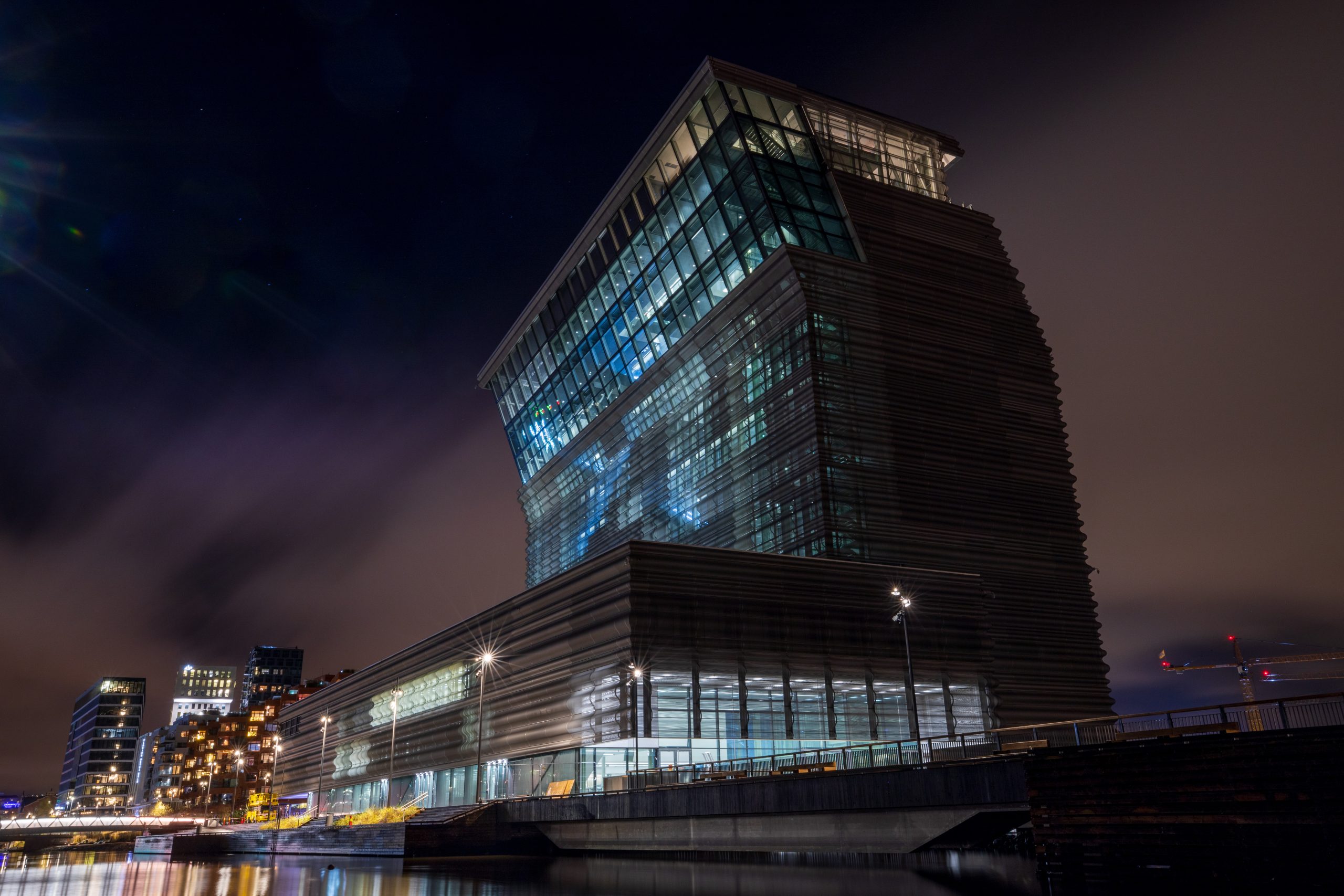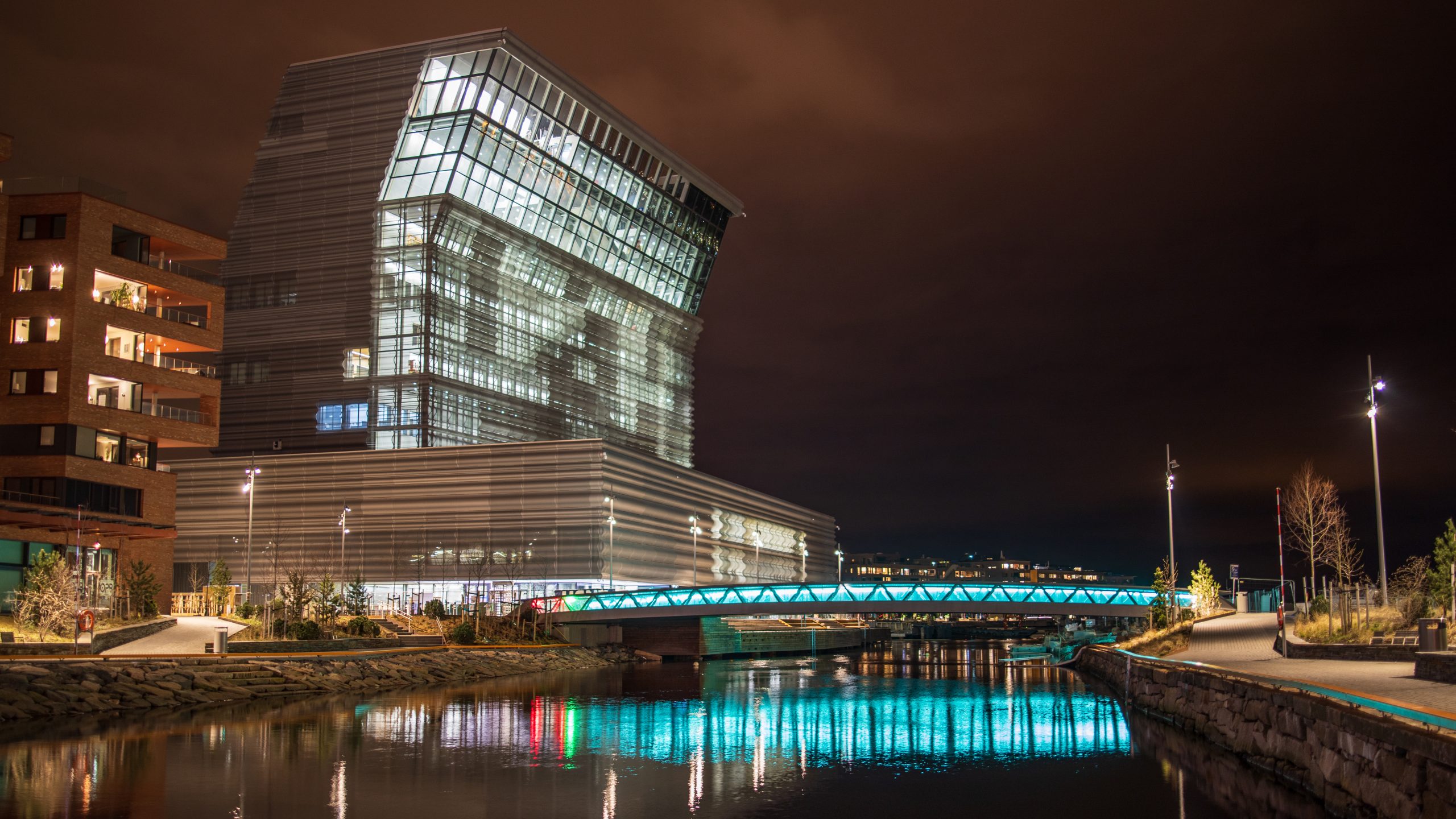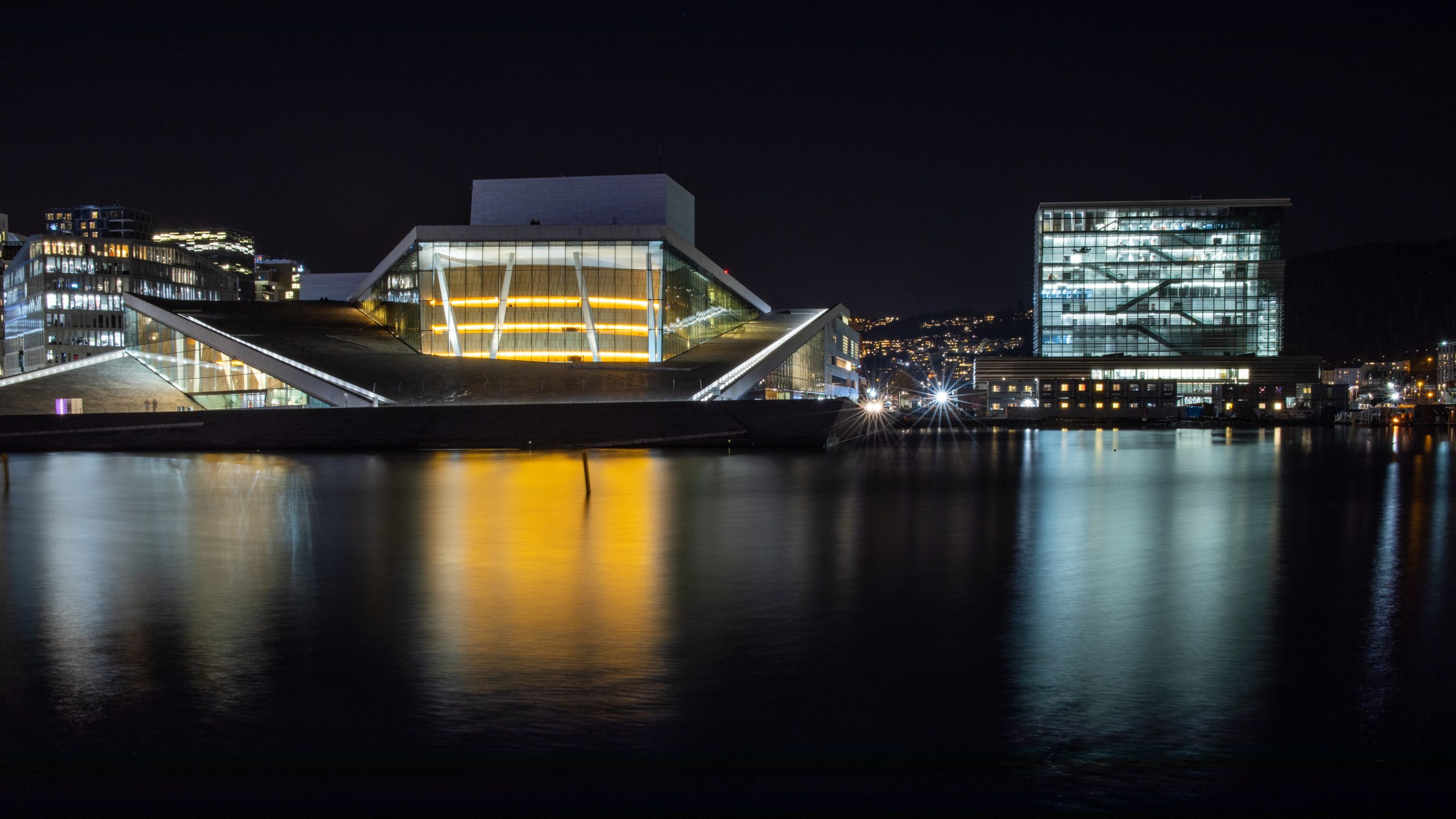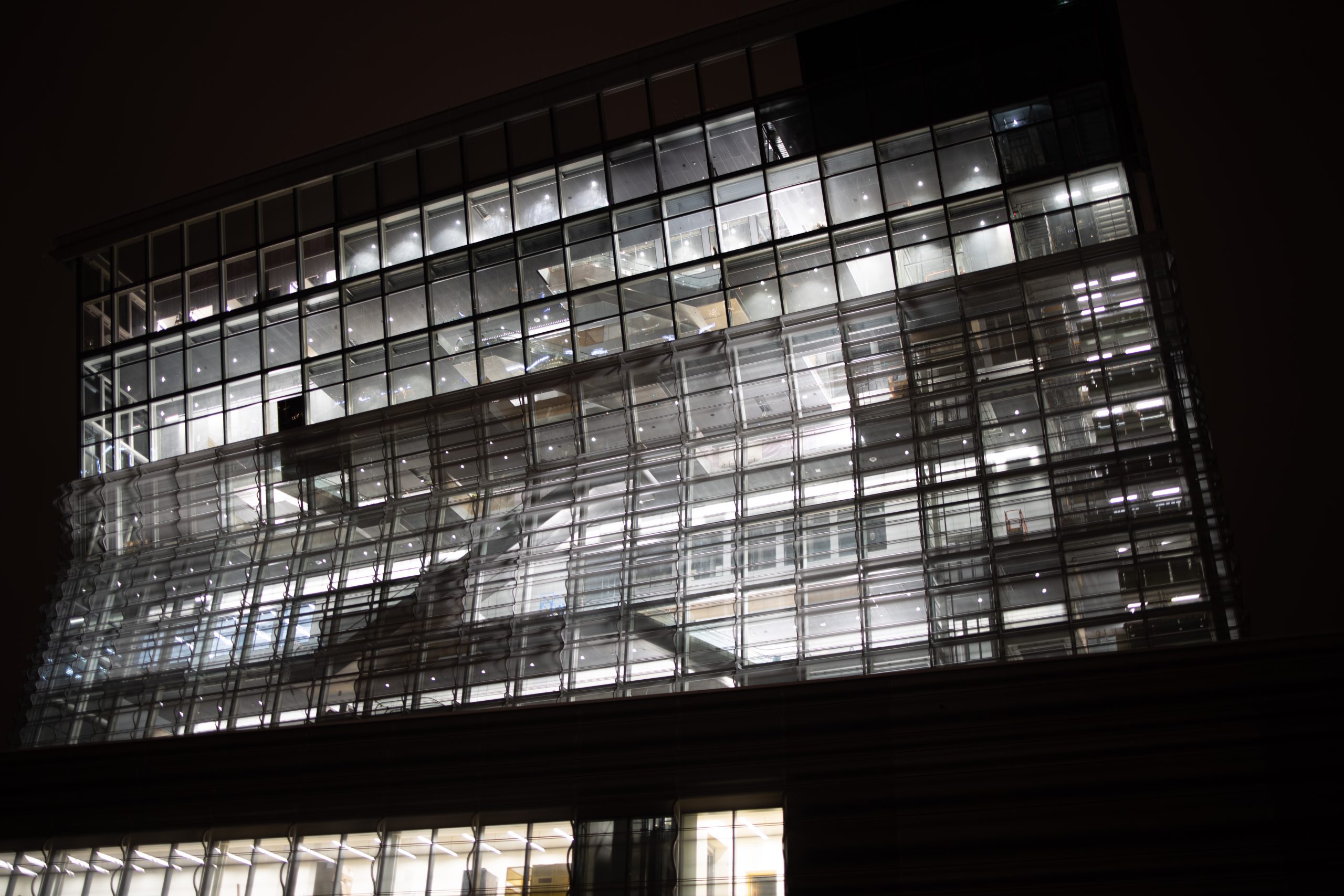Munch Museum in Oslo: A Modern Icon of Art and Architecture
Situated in the vibrant city of Oslo, Norway, the Munch Museum stands as a tribute to one of the country’s most celebrated artists, Edvard Munch. This cultural institution is dedicated to preserving and showcasing the works of this iconic painter and printmaker, offering visitors a unique opportunity to delve into his life and artistic legacy. Edvard Munch is best known for his emotionally charged paintings like “The Scream” and “The Madonna,” which have become synonymous with expressionism and are hailed as masterpieces of modern art. The Munch Museum houses the world’s largest collection of works by the artist, including over 1,100 paintings, 18,000 prints, as well as numerous sketches and photographs that provide insight into his creative process.

Opened in 1963, the museum was established following a generous donation from Munch’s estate to the city of Oslo. Since then, it has become a mecca for art enthusiasts seeking to immerse themselves in the haunting beauty and profound depth of Munch’s oeuvre. The museum’s striking architecture adds to its allure; designed by Spanish architect Juan Herreros, its angular lines and glass facade create a contemporary backdrop for Munch’s timeless creations. Visitors can explore various galleries within the museum that showcase different periods of Munch’s career, from his early works influenced by impressionism to his later pieces characterized by bold colors and intense emotions. In addition to his iconic paintings, visitors can also admire lesser-known works that offer insights into other aspects of Munch’s artistic vision. Apart from its permanent collection, the museum hosts temporary exhibitions featuring works by contemporary artists inspired by or connected to Edvard Munch. These exhibits provide a fresh perspective on his lasting influence on generations of artists worldwide. Beyond its role as an exhibition space, the Munch Museum also serves as an educational hub where visitors can participate in workshops, lectures, guided tours, and special events designed to deepen their appreciation for art and creativity. Whether you’re an art aficionado or simply curious about exploring Norwegian culture through one man’s visionary lens, a visit to the Munch Museum promises an enriching experience that transcends time and place. Immerse yourself in Edvard Munch’s world at this cultural gem nestled in Oslo – where history meets innovation against a backdrop of artistic brilliance.
Nestled along the picturesque waterfront of Bjørvika in Oslo, Norway, stands the new Munch Museum – a striking architectural marvel that serves as a beacon for art lovers and cultural enthusiasts alike. Designed by renowned Spanish architect Juan Herreros, this state-of-the-art building represents a seamless fusion of contemporary design and artistic innovation, providing a fitting tribute to the iconic Norwegian painter, Edvard Munch. Officially opened to the public in 2021, the new Munch Museum was envisioned as a dynamic space that would not only house and showcase Munch’s extensive collection but also serve as a vibrant hub for creativity, education, and community engagement. The museum’s sleek lines, expansive glass facade, and distinctive angular structure set it apart as a modern masterpiece amidst Oslo’s urban landscape. Spanning over 13 floors with a total area of 26,000 square meters, the new museum offers ample space for both permanent displays of Munch’s artworks and temporary exhibitions featuring contemporary artists from around the world. Its galleries are thoughtfully curated to provide visitors with an immersive journey through Munch’s life and artistic evolution – from his early experiments with light and color to his later explorations of human emotion and existential themes. One of the highlights of the new Munch Museum is its innovative exhibition halls equipped with cutting-edge technology that enhances the viewing experience for visitors. Interactive displays, multimedia installations, and digital archives bring Munch’s works to life in ways that transcend traditional museum presentations – inviting audiences to engage with art on a deeper level. In addition to its exhibition spaces, the museum features artist studios, educational facilities, event venues, cafes, shops,and panoramic viewpoints overlooking Oslo’s stunning harbor – creating a multifaceted destination where art meets architecture in perfect harmony. Visitors can participate in guided tours,take part in workshops or attend lectures led by experts in art history,painting techniques,and more. As an integral part of Oslo’s burgeoning cultural scene,the new Munch Museum aims to foster dialogue,collaboration,and creativity among artists,residents,and visitors from all walks of life.Its forward-thinking design,sustainable practices,and commitmentto accessibility make it not just an art institution,but alsoa symbolof progressive valuesand inclusive principlesin today’s society.
